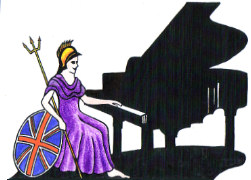Association of Blind Piano Tuners
Professional, Qualified Piano Tuner-Technicians, Tuning and Repairing Pianos .
Find a Piano Tuners Kinghorn

UK Piano Page